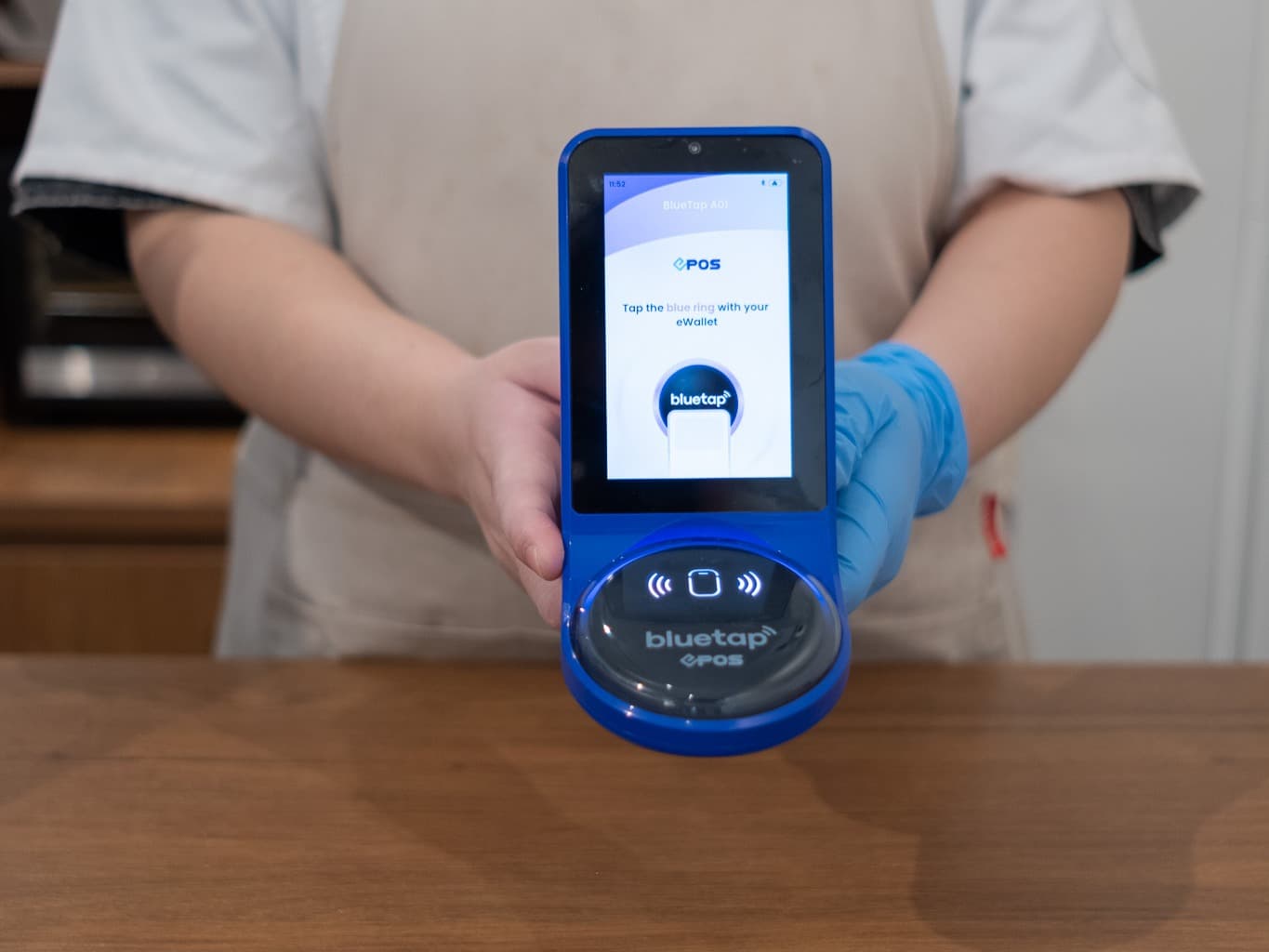
By Andrew Banks, Senior Investment Manager, JM Finn
As one of the earliest adopters of AIM, I started investing in AIM shares when it started in 1995 as a smaller company fund manager at Singer & Friedlander Investment Management. Singers launched what I believe to be the first IHT portfolio service in 1998 after IHT relief was added to AIM shares. I have learnt a lot of lessons over the 25 years of managing AIM money and my process has been refined significantly over that time.
I stick to established, profitable, financially robust and dividend-paying businesses (even if some are pausing payments during the current crisis) with experienced and strong management.
I have learnt that it is not worth taking a chance on a company too early in its life. Although occasionally these companies may deliver, this really is quite rare. More often than not they find it more difficult to get established, generally take longer than planned and also cost more. This means that they usually come back to the market for further funding and always at a cheaper price! I would therefore rather wait until a company has proven itself and become established before investing my clients’ hard-earned funds. If they are in the right market with the right offering and talented management then they should be able to grow strongly for many years to come and returns can still be spectacular.
I also avoid heavily indebted companies and tend to stick to those with minimal debt or net cash; you never know what adverse events can come along, just look at COVID-19. Companies with cash and liquid balance sheets rarely go bust.
I try to build diverse portfolios of at least 20 holdings to spread the risk and I tend to hold for the long-term. I am very happy to run winners although one must be mindful of being over-exposed to individual companies, so it is sensible to trim holdings when they get to a certain level.
It is easier said than done to cut losers as, typically, liquidity will be poor and the damage to share prices happens incredibly quickly. This simply emphasises the importance of getting the stock-picking right in the first place; if the company is financially strong, and generally speaking most issues are short-term in nature, then the company may bounce back. AIM is, of course, a high-risk market but it is possible to manage some of that risk through diversification and careful stock selection.

One of AIM’s most consistent star performers over many years, and one of my core long term holdings, is RWS. They came to AIM in 2003 at an effective 22.5p and are currently 575p, an increase of over 2,450%. The business is involved in the global intellectual property services market, providing services such as patent translation and filing, life sciences translations and localisation. It counts many of the world’s top technology and pharmaceutical companies as clients.
On the other hand, my biggest disappointment on AIM was in a company called Conviviality that listed in 2013 as an operator of franchised off-licence and convenience stores. This was a very profitable, cash-generative business that made money from franchisee fees and supplying the shops with their stock. They then went on to make the acquisition of wholesaler Matthew Clarke in 2015. This looked to be highly complementary given that they would be buying ever larger amounts of drink to supply to both their own growing franchisee network as well as to the supermarkets and hospitality industry, gaining huge buying power from the manufacturers.
The shares responded very positively going from 100p at listing to around 450p at their high in late 2017, gaining an impressive shareholder register in the process. Unfortunately, unlike retail, wholesale consumes cash, especially when experiencing strong growth. With the benefit of 20/20 hindsight (always a wonderful thing to have), it appears that management did not have the necessary systems or controls in place to monitor the cashflows. A combination of management incompetence and / or arrogance led to the company’s demise in early 2018. The frustrating thing from my perspective is that if management had come clean when they realised they had a problem, they would have easily been able to raise sufficient funds to see them through and, ultimately, thrive.
There are a couple of basic but valuable lessons here. Firstly, make sure management know what they are getting into when they make acquisitions (this management team turned out to be deal junkies) and secondly, and most importantly, explore whether the company have the appropriate financial checks and balances in place as well as sufficient liquidity to meet unforeseen circumstances.


